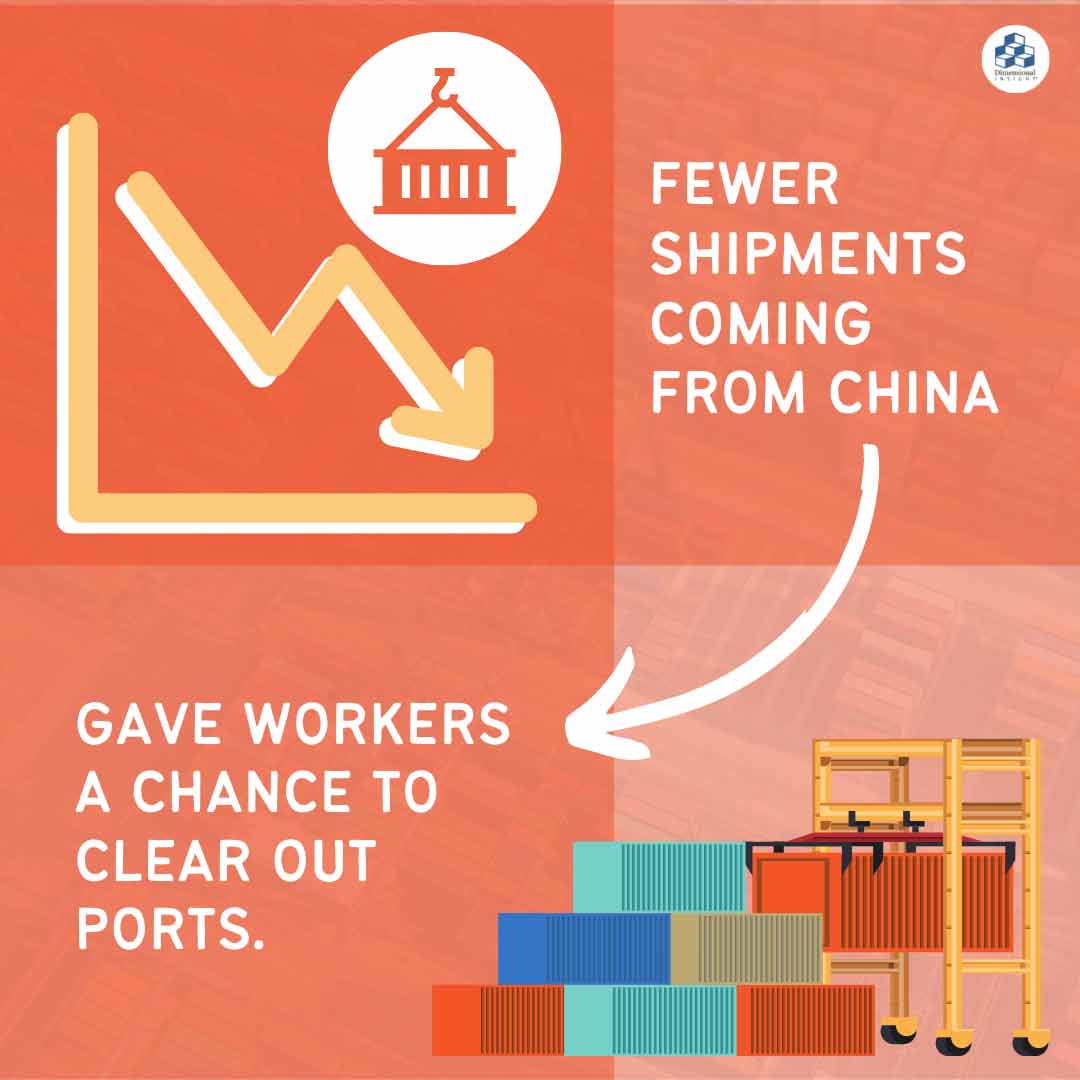Featured image source: rarrarorro—stock.adobe.com.
For organizations that deal with the global supply chain, making an adjustment at this time of year is nothing new. The Lunar New Year is the most important holiday in China, and it typically falls between the end of January and the end of February. Companies know the holiday is coming and the impact it will have, and they know what to do to adjust.
This year’s Lunar New Year, though, which was beginning to look like an opportunity for the supply chain to right itself, might end up causing even more problems.
An eventful February
There are a few elements at play when it comes to China’s role in the supply chain and the first couple of months of 2022. Like so much of the past couple of years, the pandemic is the most significant element. With outbreaks of the Omicron variant in China come large-scale lockdowns. Currently, as many as 20 million people are confined to their homes, but major factories and shipping cities have yet to see major impacts.
The lockdowns could spread, though. From February 4-20, Beijing will host the Winter Olympics, and between now and then, the Chinese government is expected to act swiftly to contain any Omicron outbreaks so as not to jeopardize the Games. That could lead to more industrial closures, or fewer workers – if not complete shutdowns—at the docks. The timing of the New Year celebration—the actual holiday falls on February 1, but the seven-day public holiday is January 31 through February 6—could further complicate matters. If people are gathering with extended family and the variant spreads, it could have significant consequences on the supply chain.

How organizations adjust
Traditionally, companies know that the Lunar New Year celebration slows down elements of the supply chain. Factories usually close for long stretches, some as long as a month to allow workers time off to visit with families. Some people take even more time off to allow for more travel time. This can result in higher shipping prices since demand is high. The traditional advice is to plan ahead, and most organizations include these factors in their planning.
This year, though, the slowdown was looked at as an opportunity. With fewer shipments coming from China, it was a chance for workers in other parts of the world to catch up on clearing out the ports that have experienced backups the past couple of years, whether it’s from the weather, a shortage of workers at the docks, in the transportation away from the ports, or any number of other unexpected reasons that have cropped up as a result of the pandemic.
The threat of Omicron, though, has companies yet again rethinking their approach. Anticipating a worst-case scenario in Chinese factories, some American companies are already increasing orders well ahead of when they need them to make sure they have the products in hand if Chinese manufacturing shuts down completely for more than just the holiday.

Rethinking the supply chain
For some organizations, that’s the best they can do. To make sure they have their fall inventory, they need to keep pushing up shipping dates. That time compression has a negative impact on companies, forcing them to make quicker decisions without being able to be as creative as they’d like. It also emphasizes America’s reliance on China for certain goods and materials.
So many of the supply chain problems American companies have faced have been because they cannot access key components needed to manufacture a product. Computer chips used in vehicles is one prominent example. Tesla, though, presents an example of how companies have to change the way they approach the problem in order to stay ahead. In 2021, Tesla sold 87% more cars than the year before, while other car companies, including Ford and G.M., sold fewer cars in 2021 than in 2020.
When most computer chips were unavailable, Tesla took what was available and re-wrote the software. Because the company writes its own code and didn’t need to outsource its software, it was less reliant on outside chip manufacturers. Other car companies are now hiring engineers and programmers to design their own chips in the hope that in the future, a computer chip shortage won’t leave them so far behind.
While that’s a long-term solution, for now companies have to hope China’s current containment strategies work. The country has been responding to some small outbreaks in cities with very localized restrictions, much like it will handle the influx of athletes when they arrive to compete in the Olympics. If they can avoid shutting down an entire city, that will keep the supply chain from suffering a setback…and maybe there will be more to celebrate than just medals by the time the closing ceremony rolls around.

- Summer is an Opportunity for Digital Transformation in Education - April 17, 2024
- Your Car is Tracking More than Miles per Hour - April 11, 2024
- Data Can Help Provide Equal Footing in Cannabis Space - April 3, 2024



